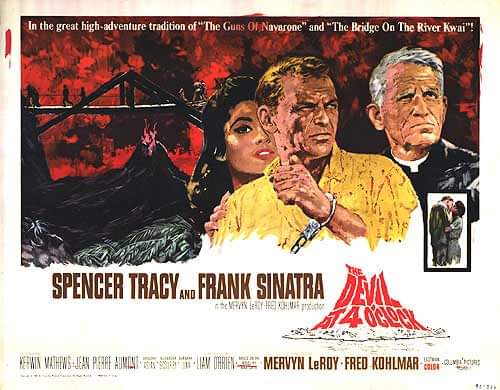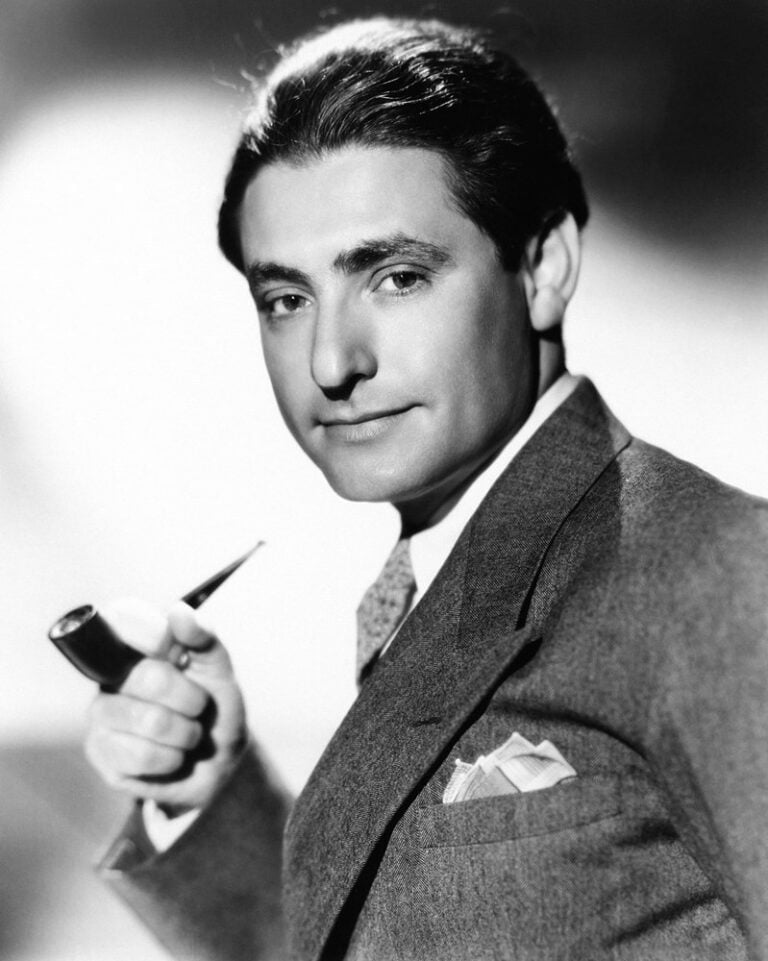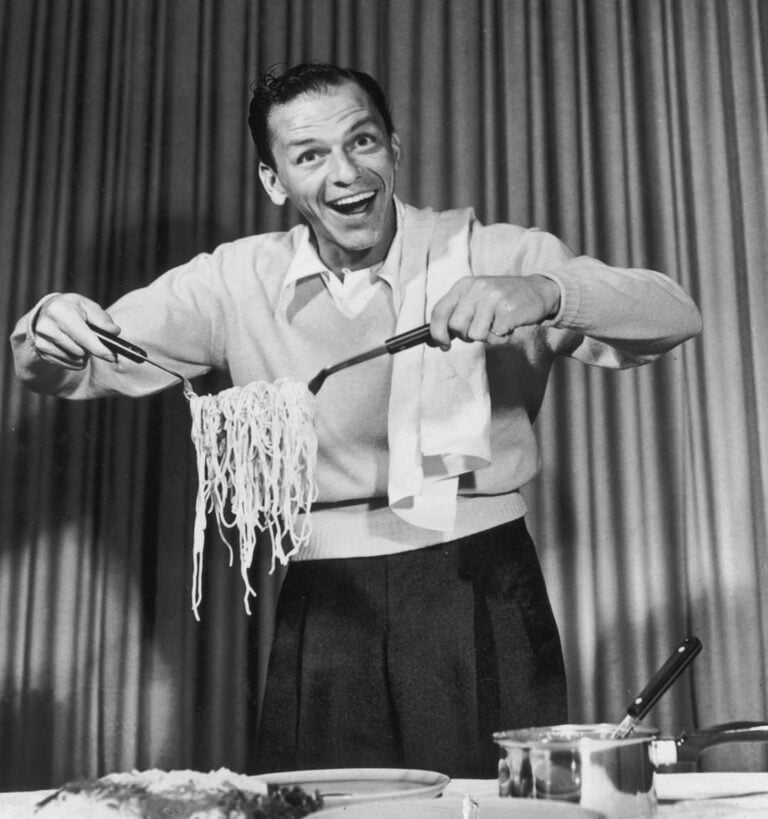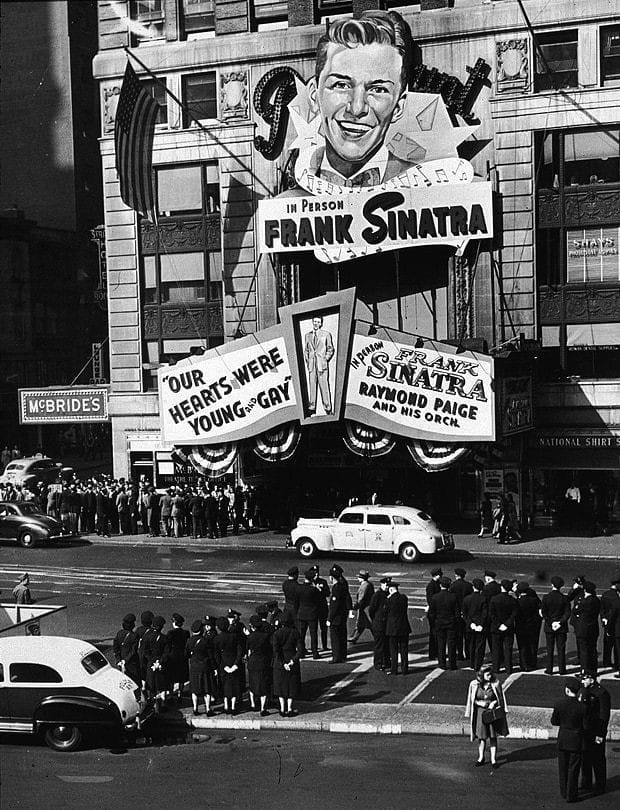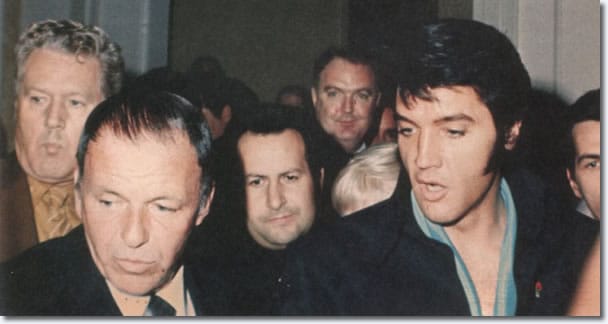
ELVIS & SINATRA
THE SURPRISING RELATIONSHIP BETWEEN TWO MUSIC ICONS
By Mahnuel Muñoz
EPISODE 3
TIMES THEY ARE-A CHANGING
At the beginning of the 1960s Elvis and Frank shone like two suns, although the sociocultural changes that were taking place placed them in a delicate position. They were no longer teenage idols and the loyalty of their audience, as well as the conquest of a new audience, depended on the quality of the material they offered and, in a certain sense, their adaptation to new times. Sinatra welcomed the new decade by founding Reprise, his own record label, with very good prospects, and Elvis appeared with one of the best albums of his career, “Elvis Is Back.”
On May 12, 1960, the last episode of the “Frank Sinatra Timex Special” aired on ABC. Four other installments had been filmed since October 1959, with modest ratings; Furthermore, Sinatra hated doing television, so the show’s closure was a relief for everyone involved. The farewell, however, was in style, featuring Elvis in his first television appearance after completing his military service.
Sinatra put aside his animosity, given the evidence that Presley’s return was the most anticipated event of the moment and would provide the program with a large number of viewers; Faced with the crisis of rock and roll, everyone wanted to know where its most famous representative was heading. As a luxurious welcoming committee, Sammy Davis Jr., Peter Lawford, Nancy Sinatra, and Joey Bishop appeared at the show.
The show is full of indelible moments, such as Frank’s elegant interpretation of the song “Gone with the Wind” or Elvis’ irresistible “Stuck on You“, but without a doubt, the program has gone down in eternity for the duet between Sinatra and Presley with a medley of “Love Me Tender” and “Witchcraft“, which generates a fascinating exchange of energies.
The success exceeded all expectations, with almost 70% of viewers tuning in to see the two monarchs of popular song together for the only time. As happened years ago with a skeptical Ed Sullivan, Elvis’ charisma, talent and simplicity ended up conquering Frank and the most conservative public, something crucial for his artistic survival in the following years.
In that last “Timex Special” a kind of armistice was signed between two, until now, irreconcilable ways of understanding life and music. It can be said that in the 1960s Frank and Elvis constituted a common front of the establishment in the face of the new musical forms that emerged taking the baton of the revolution.
Presley was abandoning the aggressiveness of his early years to embrace a sweeter and more mature style and his extraordinarily versatile voice allowed him to move like no one else – not even Sinatra – with ease through genres that ranged from folk to bolero, passing through ranchera. and the ballad with European overtones.
He took refuge in a universe of his own creation, surrounded by family, friends and everything that money could buy and, with the exception of the occasional dazzling single and two magnificent gospel albums, he subordinated his musical career in favor of a production high-grossing but sterile cinematography, only interrupted at the end of the decade when he could no longer suppress his need to record relevant music again and sing live for his audience. The end of the 60s and the beginning of the 70s will witness what is, in my opinion, the best part of Elvis’ artistic legacy.
Sinatra transcended all labels to become a genre unto himself, and maintained a forceful presence in popular culture until the day he died.
His intense personal life, far from affecting the quality of the music, often gave it unique and exciting nuances. Without forgetting the unwavering commitment acquired with the Great American Songbook and the musicians of his flock, he updated his sound with the help of new arrangers and offered a particular reading of some of the contemporary rhythms, achieving some unexpected commercial successes.
His work at Reprise throughout the 1960s and 1970s represented an honest and coherent evolution of the artistic body created at Capitol during the previous decade. In the cinema he alternated classics of the war and police genres with other low-level dramatic and comic titles.
The paths of the “King” and “Old Blue Eyes” crossed again from time to time, although unfortunately it was not to work together. Nancy, Frank’s daughter, did share the spotlight with Elvis in the 1968 film “Speedway,” and they became good friends; When both premiered their concert season in Las Vegas in August 1969, they came as spectators to provide support and applause to each other. From those nights of camaraderie and joy there are historical photos that bring together Elvis, Frank and Fred Astaire, the aristocracy of the trill and the sway.
Frank was not bothered that actress and dancer Juliet Prowse committed sins against the sex with Elvis in 1960 after having been with him. In fact, the only thing that The Voice commented on the matter, like a good alpha male, was that the girl was going to be disappointed, but there were no hard feelings; In fact, when Elvis decided to marry Priscilla Beaulieu in 1967, he flew to Las Vegas in the jet that Frankie lent him.
One more anecdote for gourmets: in 1968 Elvis Presley required the services of guitarist James Burton for the recording of his legendary “Comeback Special.” At that time Burton declined the offer because he was working with Frank Sinatra, but when Presley began a series of concerts in Las Vegas the following year he called Burton again and he became his permanent guitarist.
If you want to visit more articles about the life of Frank Sinatra enter the following Sinatra Radio 24h link: https://sinatraradio24h.com/category/articles/
We remind you that you can also listen to Sinatra Radio 24 hours on your mobile phone by downloading our free applications for Android in the Play Store https://play.google.com/store/apps/details?id=sinatra.radio24h for iPhone in the Apple Store https://apps.apple.com/app/sinatra-radio-24h/id6599859344

